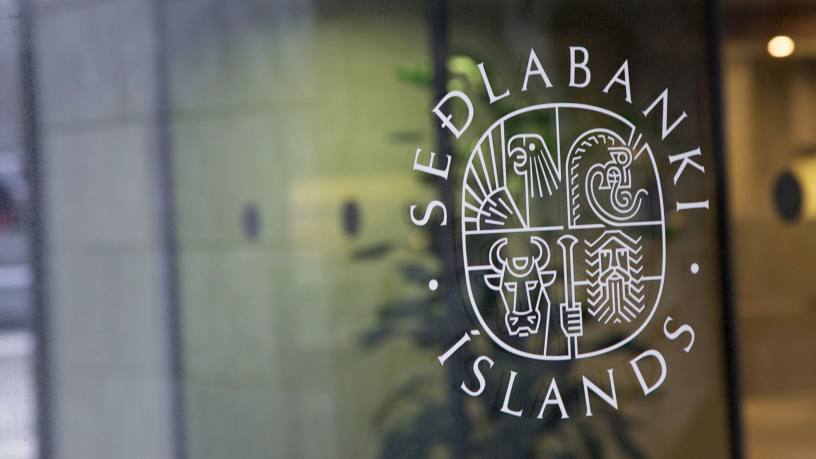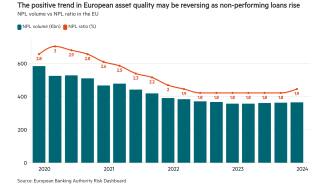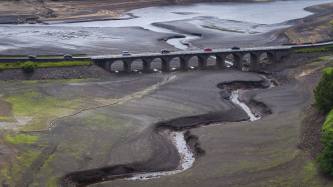It is 9:30am on a dark winter’s morning in Iceland and Arion Bank’s CEO Benedikt Gíslason is drinking what looks like a green, vitamin-rich smoothie. Being in charge of one of Iceland’s three most important banks obviously takes stamina, but these are halcyon days for Iceland’s banks compared to 2008. In the midst of the global financial crisis, its banking system shrank by 80%, with three of its major banks — Kaupthing, Glitnir and Landsbanki — defaulting and being taken over by the state.
Following their collapse, capital controls were put in place to prevent large outflows of money, specifically the domestic holdings of the failed Icelandic banks. The controls were only lifted in 2016, after agreement was reached to voluntarily relinquish Icelandic banks’ krona assets to the state. Mr Gíslason was previously vice-chairman of a government taskforce charged with liberalising the controls imposed on Iceland’s banks in the wake of the crisis.













